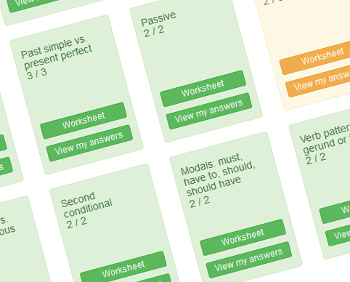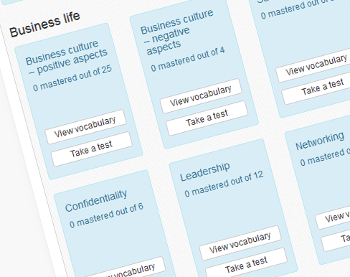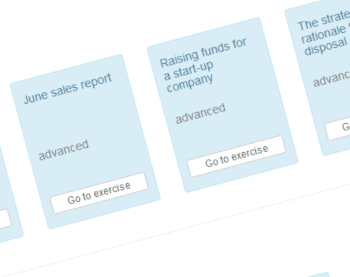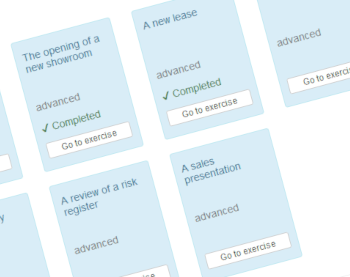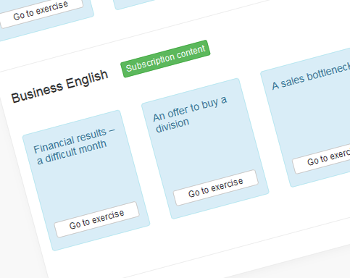Reflexivpronomen
(Reflexive pronouns)
Einführung
Wir verwenden Reflexivpronomen für das Objekt eines Satzes , wenn Objekt und Subjekt identisch sind.
- Wir verwenden Reflexivpronomen anstelle von Objektpronomen:
- „I look at myself in the mirror." (nicht „
I look at me in the mirror.") - „I bought something for myself." (nicht "
I bought something for me.")
„I" ist sowohl das Subjekt als auch das Objekt. Wenn das Objekt sich vom Subjekt unterscheidet, verwenden wir ein Objektpronomen: „I look at him in the mirror." oder „I bought something for him."
- „I look at myself in the mirror." (nicht „
- Wir verwenden Reflexivpronomen, um das Subjekt, dass eine Handlung durchführt, zu betonen:
- „I drove the car myself."
Ich fuhr das Auto, nicht jemand anderes.
- „I drove the car myself."
- Wir verwenden Reflexivpronomen mit „by", um das Subjekt und nicht eine andere Person zu betonen, oder um „alone” zu beschreiben (im Falle von „alone" müssen wir „by" verwenden):
- ”I drove the car by myself."
Ich fuhr den wagen, nicht jemand anderes oder Ich war allein, als ich den Wagen fuhr. - „She waited in the room by herself." (nicht „
She waited in the room herself.")
Sie wartete allein im Zimmer.
- ”I drove the car by myself."
Form
Diese Tabelle zeigt die Reflexivpronomen für jedes Subjekt:| Betreff | Reflexivpronomen |
|---|---|
| I | myself |
|
you (singular)
you (plural) |
yourself
yourselves |
| we | ourselves |
| they | themselves |
| she | herself |
| he | himself |
| it | itself |
